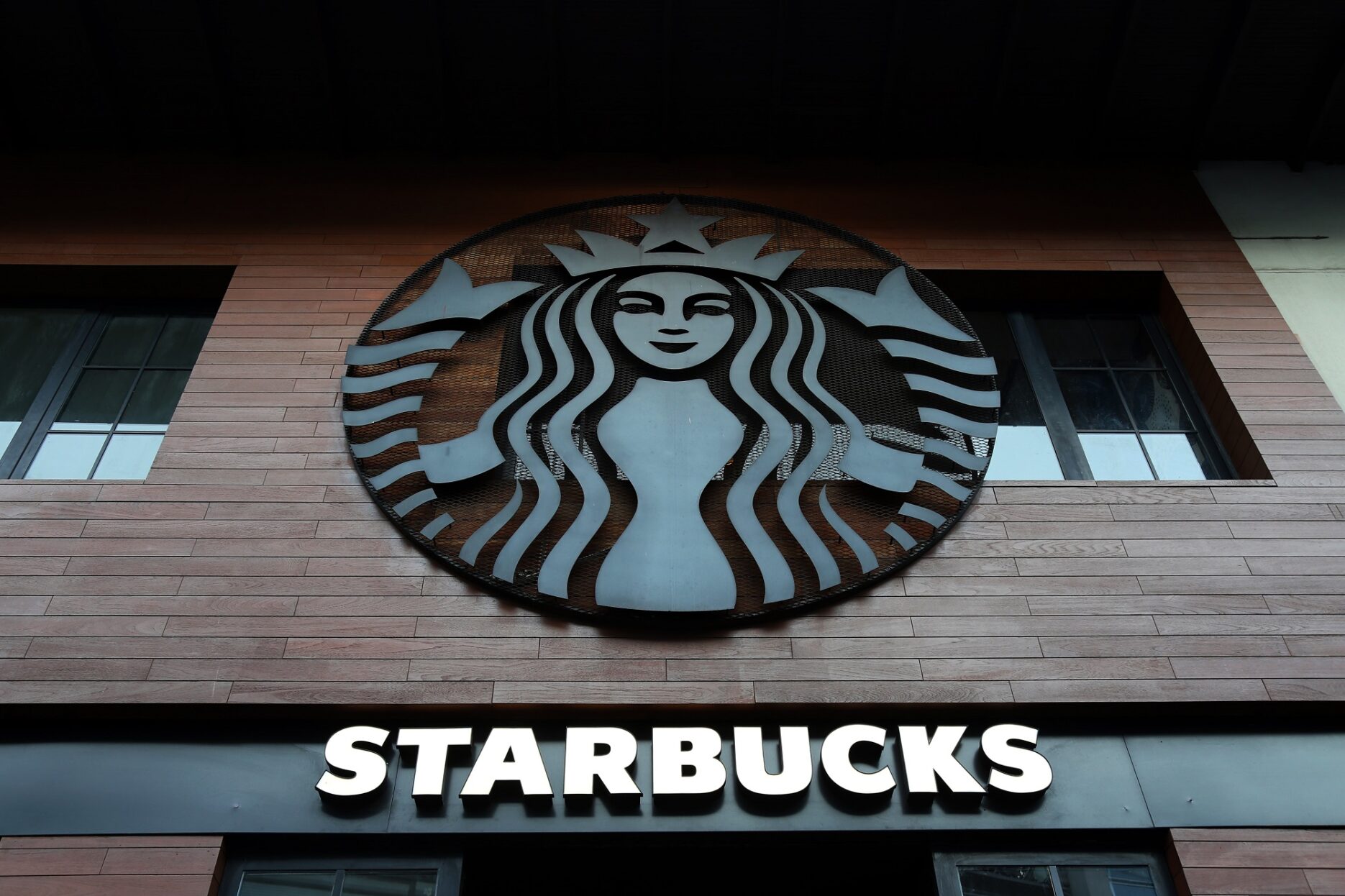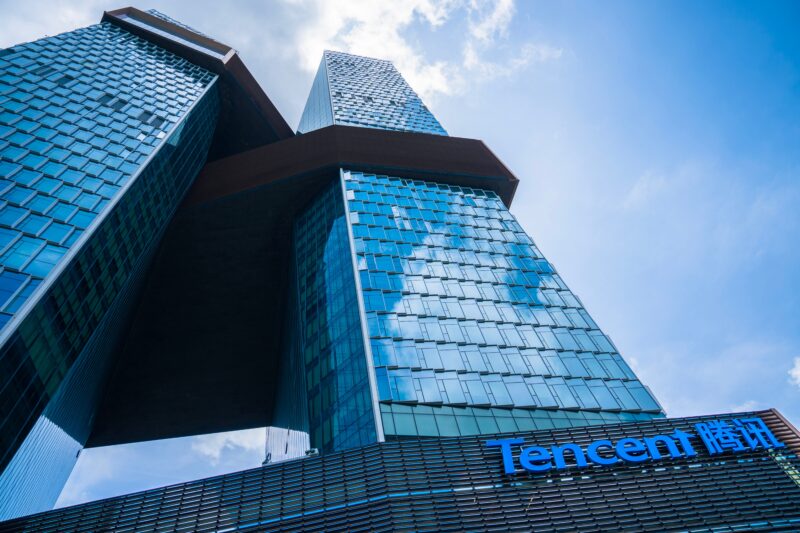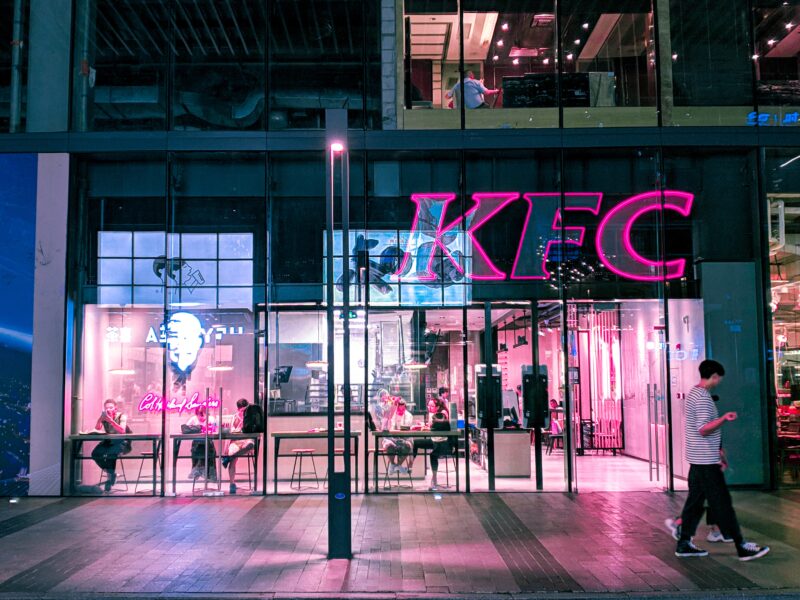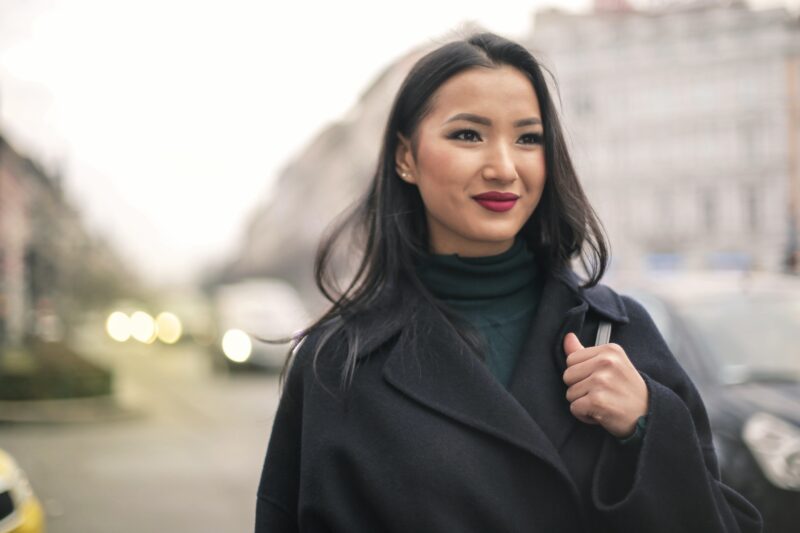As Elon Musk visited China to fanfare last week, new Starbucks CEO Laxman Narasimhan was quietly making his own China tour.
The trip marks Narasimhan’s first outside of North America since assuming the role in March this year. Narasimhan visited stores in Beijing and Shanghai, where he met with “partners” (Starbucks’ term for employees).
Highlights included a coffee-tasting workshop given in sign language and a visit to the Starbucks Coffee Innovation Park, which is set to open later this year. The Coffee Innovation Park, located in Kunshan near Shanghai, is the company’s largest manufacturing investment outside of the US.
As a new addition to Starbucks’ senior leadership, Narasimhan used the trip as a chance to forge personal connections with staff on the ground in China. Focussing on the “limitless” possibilities in the Chinese market, he praised the passion of the partners, “I come with a great deal of respect…it’s amazing to see what you have done with coffee culture.”
He also acknowledged the work of Belinda Wong, CEO of Starbucks China, saying “I know what you and our China partners have been through over the last three years… thank you for remaining courageous.”
Narasimhan will have work his work cut out for him. Starbucks’ financial report for the first quarter of 2023 showed its revenue in mainland China fell by 31% year-on-year, spurring the question “Why don’t the post-90 generation drink Starbucks?” to appear as a trending topic on Weibo, China’s Twitter equivalent.
Starbucks is no longer the status symbol it used to be in China, with its once glitzy-seeming huge glass storefronts now looking dated next to “new Chinese-style” teahouses and coffee shops. On top of that, Starbucks is more expensive than many other chains in China, but with no step up in quality.
In a bid to keep up with domestic chains like Luckin which churn out new menu options regularly, Starbucks finally brought its famous Pink Drink to mainland China in May. But to hit the target of 9,000 stores by 2025, the company may have to do more to keep China’s Gen Z and millennial coffee drinkers interested.









